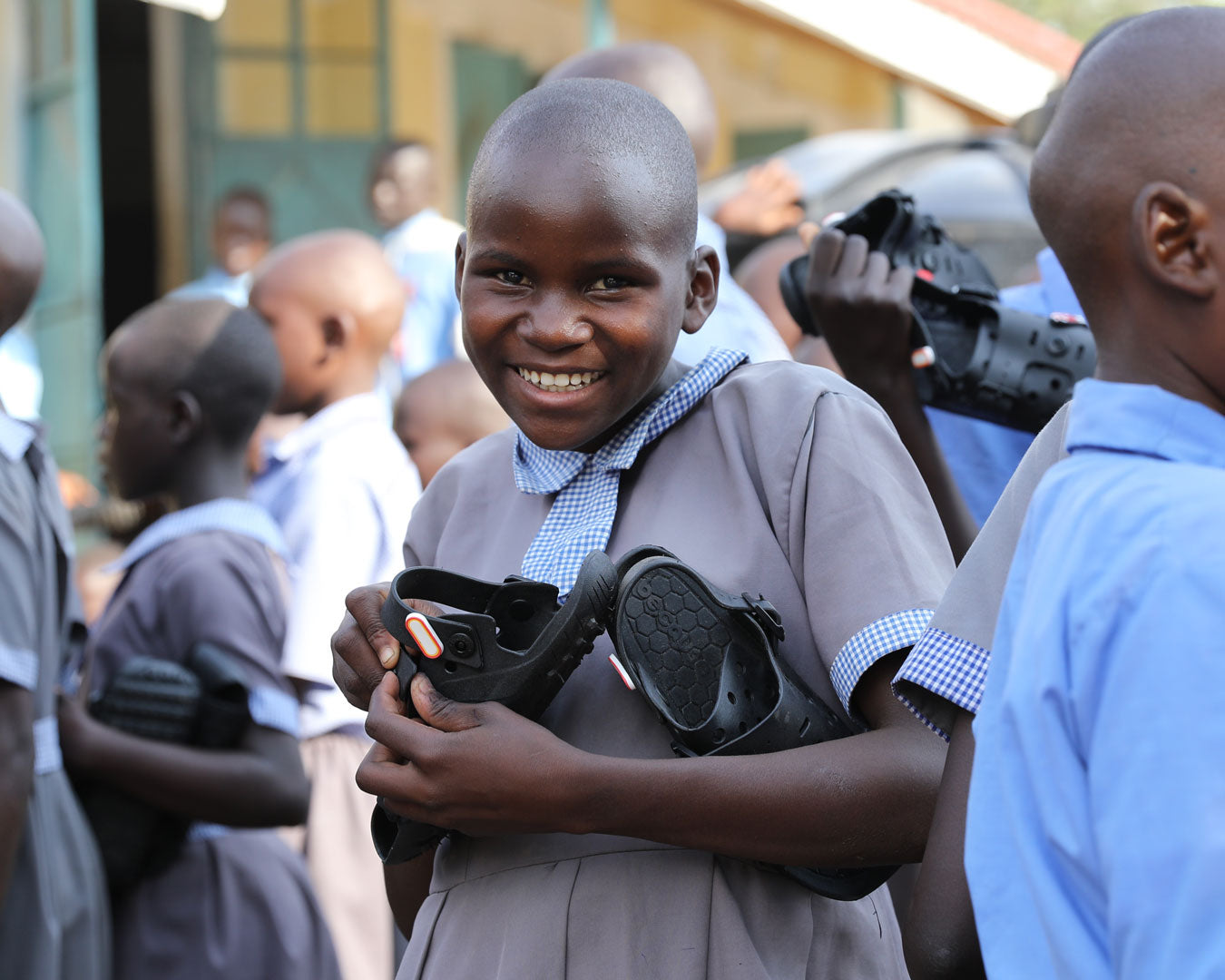
You won't hear from us again this month.
Consider the snooze button pressed!
If you'd still like to donate, you can click the button below. Otherwise, we'll talk to you later!


You won't hear from us again this month.
If you'd still like to donate, you can click the button below. Otherwise, we'll talk to you later!
